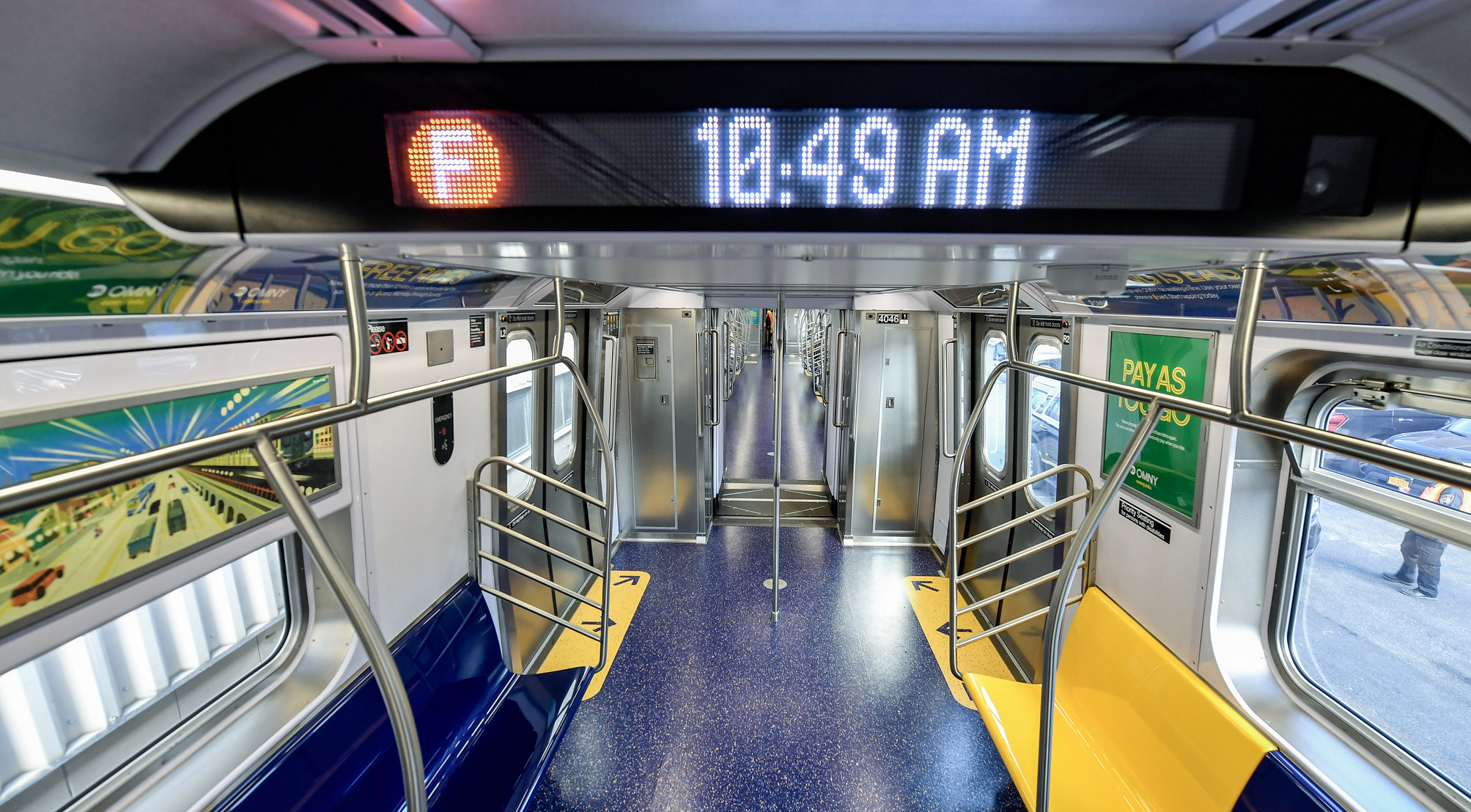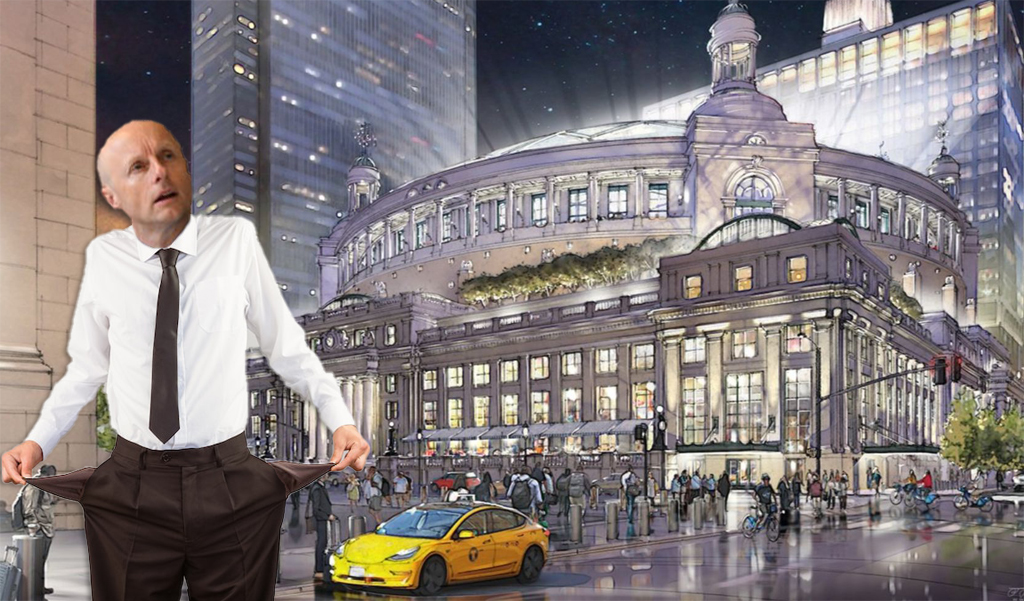That didn’t last long. Last Thursday, less than 24 hours after a mayoral spokesman floated the idea of letting owners of the city’s 68 horse carriage medallions swap them for taxi medallions, Mayor de Blasio reportedly laughed off the notion.

A good thing, too. It’s generally poor policy to buy off one entitlement with another -- not to mention dubious politics, given that taxi owners aren’t shy about litigating to protect their turf. Moreover, handing out new taxi medallions looks ill-advised from a traffic standpoint as well. Swelling the ranks of yellow cabs on city streets by as little as one half of one percent (i.e., adding 68 yellows to the current fleet of 13,605) -- would have burdened bus riders, car drivers, truckers, and cab users with an estimated $20 million worth of recurring annual delay costs just within the Central Business District (Manhattan south of 60th Street).
That’s the tale told by my Balanced Transportation Analyzer spreadsheet. Longtime Streetsblog readers will recognize the BTA from previous posts covering proposals to toll the entrances to the CBD. But the versatile BTA spreadsheet can assess impacts of lots of other possible changes to the transportation status quo. One such change is adding taxi medallions. Another is eliminating the horse-carriage industry and freeing up CBD road space now occupied by the horses and cabs. Here I look at both.
Taxis first. Using the BTA, I calculate that a mere 68 additional yellow cabs would tack a "time surcharge" of 0.5 percent onto average daytime vehicle travel times across the CBD. Sound trivial? To the contrary, over the course of a full year it adds up to almost 800,000 extra "vehicle-hours" to make the same trips. For users of buses, cars, trucks, and cabs, those hours translate to time costs of around $20 million a year, or nearly $300,000 a year per new cab -- $800 per cab per day.
How can just 68 more cabs cause $20 million a year more collective delay? The answer lies in three observations about taxicabs and Manhattan’s Central Business District.
- Unlike private cars or even trucks and vans, which are parked most of the time, yellow cabs operate virtually non-stop and log huge miles, an estimated 160 per cab per day.
- Most of those miles are driven within the CBD, where demand for taxis is highest due to density and because residents, visitors, and workers are more free-spending and attach high values to their time. Cab drivers are also drawn there because of their franchise monopoly on hails. Minting one yellow cab is like adding 40 new CBD-bound car commuters.
- CBD hyper-congestion magnifies the traffic impacts from additional vehicles, both by disproportionately slowing traffic and because the slowed-down “traffic field” is already crammed with vehicles. The BTA predicts that the aggregate delay from adding one vehicle during the evening peak is 40 times greater than from adding the same vehicle during overnight off-peak hours.
Now let’s turn to the horse-drawn carriages. I estimate that the 68 horse-drawn carriages currently cause around $3 million worth of CBD traffic delays each year, or 85 percent less than the $20 million in new delays that 68 replacement taxis would generate.
I arrived at this figure by inputting these assumptions into the BTA model:
- The average one-way distance between the four West Side horse stables and the half-dozen carriage stands on Central Park South is 1.6 miles.
- Each carriage makes 1.5 round trips a day between stable and stand (more in summer, fewer in winter, and reflecting an assumed 5 percent absentee rate due to injury, illness or inclement weather).
- Per mile traveled, each horse-and-carriage slows down surrounding traffic 2.5 times as much as a typical taxi or car, on account of its greater bulk and slower travel speed.
The first two assumptions translate to 5 miles of CBD travel per horse carriage per day, or 340 daily CBD miles for the entire 68-medallion industry. The third assumption converts that to 850 daily "passenger car equivalent" CBD miles (340 multiplies by 2.5). When those miles are assigned in the BTA to the 9 a.m. to 8 p.m. period on weekdays and the 10 a.m. to 10 p.m. period on weekends, the model generates an aggregate annual time loss for other vehicles of around 100,000 hours, which equate to $3 million a year.
In effect, then, swapping 68 carriage medallions for 68 taxicab medallions would eliminate one travel mode that now imposes $3 million worth of delay each year but would tack on $20 million in additional delay costs from another travel mode. While other considerations ranging from authenticity and tourism to jobs and animal welfare will carry greater weight in deciding the fate of the horse-drawn carriage sector, Manhattan congestion costs should be factored in as well.





